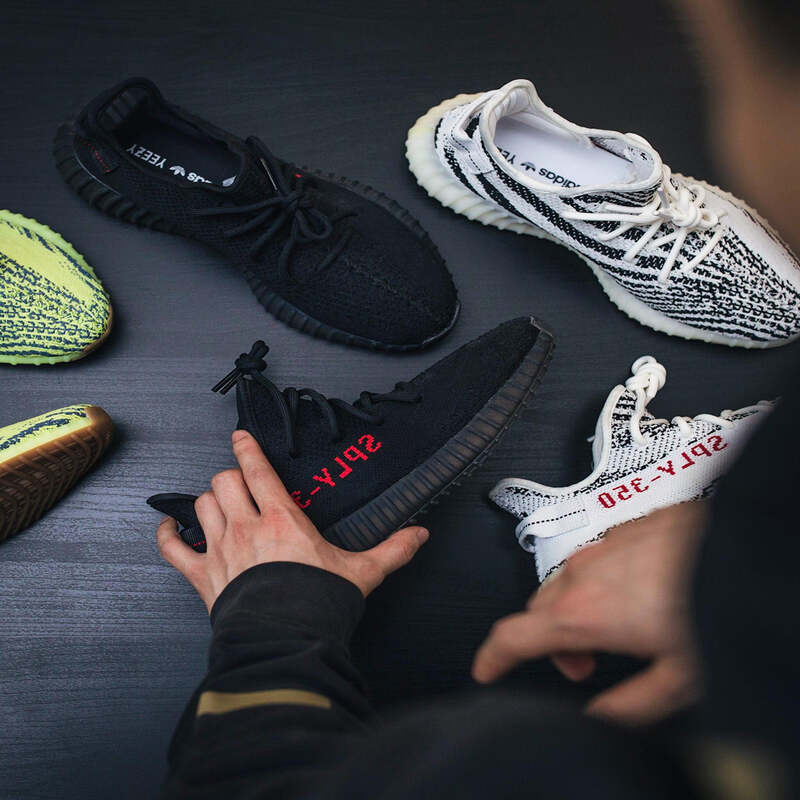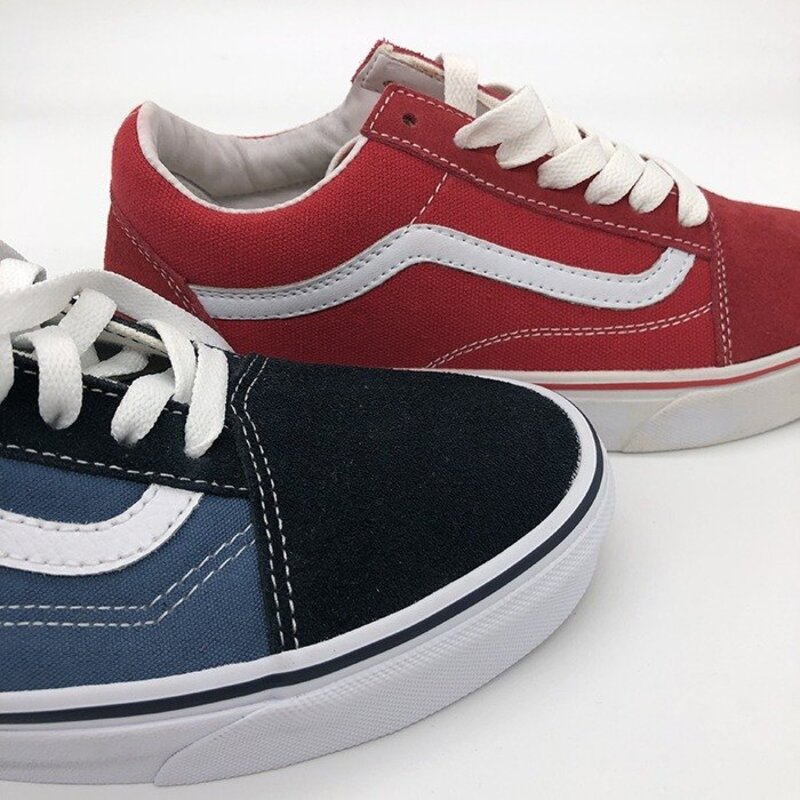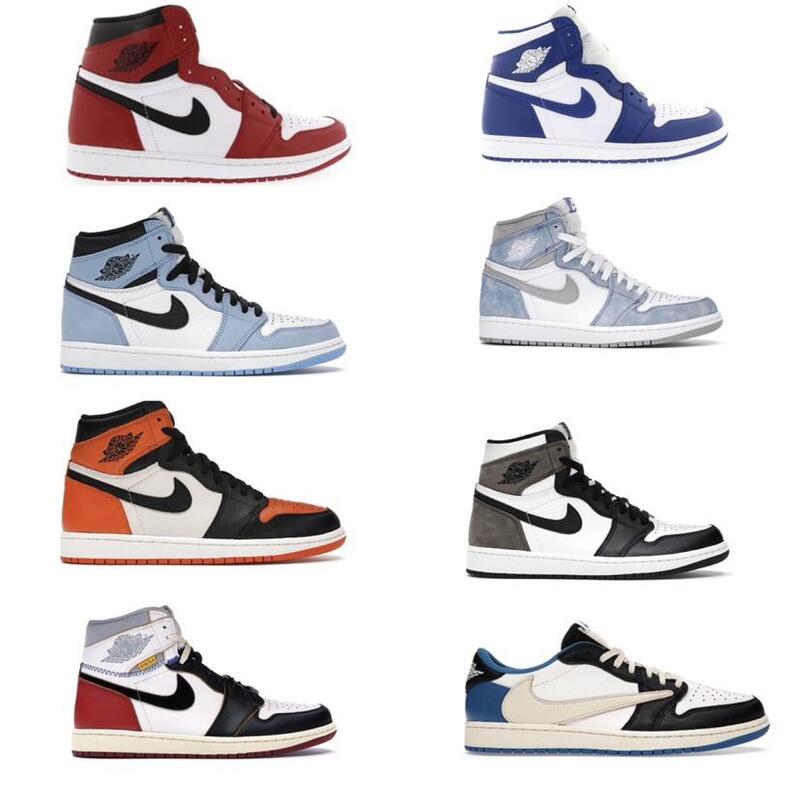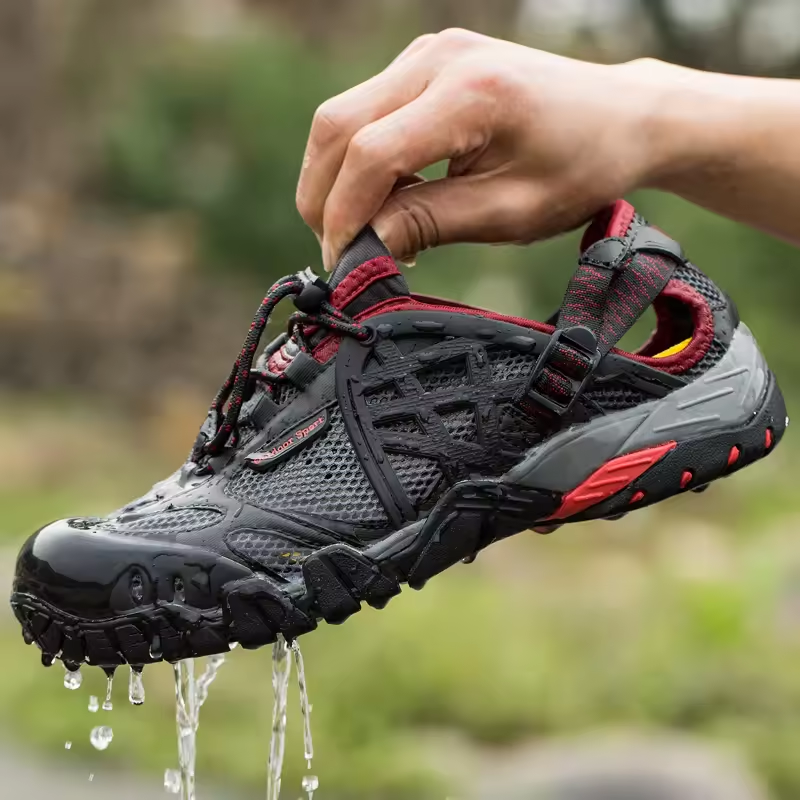In today’s world, the market is flooded with counterfeit products. Shoes, in particular, are a popular target for counterfeiters. This poses a challenge for consumers who want genuine quality. Identifying fake shoes can save you money and disappointment. Therefore, knowing how to tell if shoes are fake is crucial. This article will guide you through various methods. With this knowledge, you can make wise purchasing decisions.
Understanding the Brand Markings
Inspecting Logos and Branding
One of the first places to check is the logo and branding. Authentic brands have specific logo placement, spacing, and color. If the logo seems off-centered or faded, it may be fake. Additionally, counterfeiters often use lower-quality materials. This means that the logo will not appear as crisp. Notice the font used in the logo. Brands take care to use the correct font. A mismatch in the font may indicate a counterfeit product.
Moreover, many brands place their logo in specific areas. So, knowing where to look can be beneficial. For example, professional brands often place their logo on the tongue or heel. If yours is somewhere else, take caution. The stitching around the logo can also provide clues. Authentic pairs usually have clean and uniform stitching. Conversely, fakes may have uneven or messy stitching.
Assessing Brand Labels and Tags
Next, examine the label located inside the shoe. Authentic shoes often have tags with detailed information. This includes country of origin, model number, and care instructions. If the tag is missing, faded, or poorly printed, it’s a red flag. Fake shoes often have generic tags with minimal information. Additionally, the stitching on the tag can reveal authenticity. In genuine shoes, the tag is securely stitched in place. Fake pairs might have tags that are loosely attached or crooked.
The quality of the materials used also indicates authenticity. Genuine brands use high-quality materials in both the shoe and the label. If you notice cheap or flimsy materials, consider this suspicious. Counterfeit manufacturers often skimp on quality to cut costs. Therefore, examining the label and its quality can be telling.

Evaluating the Construction Quality
Stitching and Seams
Another crucial element is the shoe’s construction quality. Most authentic shoes exhibit exceptional craftsmanship. This includes uniform stitching, even coloration, and secured seams. Inspecting the stitching can give you insights into the shoe’s authenticity. Authentic pairs usually have tight and even stitches, while fakes often have loose threads. Additionally, checking for any skipped stitches is vital. Skipped stitches indicate poor quality and manufacturing errors.
Moreover, take a close look at the overall design. Genuine shoes adhere to specific design standards. If your shoes look oddly shaped or disproportionate, they may be fake. Examine the seam lines and make sure they meet properly. Any discrepancies may suggest a counterfeit product.
Material Quality Check
The materials used in a shoe greatly impact its quality. Authentic shoes are typically made from premium materials, ensuring durability and comfort. This includes genuine leather, high-grade synthetics, or quality textiles. On the other hand, counterfeit shoes often use inferior materials. Inspect the softness, flexibility, and overall feel of the shoe. If it feels too stiff or cheap, it may be a fake.
Further, authentic shoes often have specific weight characteristics. Genuine pairs may weigh differently because of quality materials. You can compare with known authentic pairs if possible. Familiarizing yourself with material and weight can protect you from scams.

Examining the Packaging
Box Authenticity
Another way to ensure authenticity is to check the packaging. Authentic brands typically come in high-quality boxes. The box should feature the correct logo and branding. If the box seems flimsy or poorly printed, it raises suspicion. Many counterfeiters neglect packaging, focusing solely on the shoes.
Upon opening the box, review its contents. Genuine brands often include dust bags, extra laces, and warranty information. Counterfeit shoes may lack these accessories or include low-quality imitations.
Documentation and Inserts
Equally important are the documents included in the packaging. Authentic pairs usually come with detailed care instructions and authenticity cards. Check for the presence of tags with brand information. If these documents are missing, consider it a red flag. Authentic pairs provide extra reassurance with proper documentation.
Additionally, inspect the quality of the inserts. Genuine brands often include padded inserts for comfort. Fake shoes might skimp on this detail, providing cheap alternatives. The absence of quality inserts can indicate that the shoes are not authentic.
Researching the Seller
Reputable Retailers
When buying shoes, researching the seller is paramount. Reputable retailers often have established return policies and customer service. Buying from these outlets increases your chances of receiving authentic products. However, if the price seems too good to be true, proceed with caution. Authentic shoes have a consistent price point, influenced by the quality.
Furthermore, check online reviews and ratings for the seller. Genuine retailers usually have positive reviews and satisfied customers. A multitude of complaints or negative feedback can indicate problematic sourcing. Always prioritize purchasing from authorized retailers.
Online Marketplaces and Auction Sites
While online marketplaces can offer great deals, they are often rife with counterfeits. Use caution when shopping on auction sites. Sellers may not always provide accurate descriptions or images. If you find a pair that seems extremely discounted, verify the seller’s reputation. Look for seller ratings and customer feedback before proceeding.
Additionally, be wary of sellers who do not provide detailed photos. Authentic sellers are proud of their product quality and are eager to showcase it. If images look low-grade or too edited, consider it a warning. Protecting yourself begins with researching the seller thoroughly.

Seeking Professional Verification
Expert Opinions
When in doubt, consider seeking expert opinions. Numerous services specialize in authenticating products. For a small fee, they will examine your shoes and provide a report. This can be invaluable for high-end or limited-edition shoes. Experts are trained to identify subtle signs of counterfeiting.
Moreover, academic institutions sometimes offer seminars on this topic. Educating yourself further can bolster your chances of making informed decisions. Knowledge is a powerful tool in avoiding scams.
Community Insights and Reviews
Additionally, online communities focused on sneaker culture can be helpful. Websites and forums often have threads discussing authenticity markers. Engaging in these communities can expose you to valuable insights. Popular sneaker verification sites allow users to upload images for expert analysis.
Traditionally, sneakers enthusiasts also share genuine vs. fake comparisons. These side-by-side analyses can sharpen your eye for discrepancies. Building a network of knowledgeable friends can enhance your understanding of shoe authenticity.
Conclusion
In conclusion, knowing how to identify fake shoes can safeguard your purchases. Pay close attention to brand markings, construction quality, and packaging. Researching the seller and seeking expert verification can prevent costly mistakes. Authentic shoes may sometimes come at a higher price, but the investment is worth it. Counterfeit products often lead to dissatisfaction and wasted money.
Stay aware and informed. When purchasing shoes, choose trusted sources, and verify all details. It is better to spend more on genuine products than to risk wasting money on cheap imitations. Remember, authentic shoes not only enhance your style but also support brands committed to quality craftsmanship. Value the shoes that truly deserve a place in your collection.
By utilizing the techniques outlined in this article, you will be better equipped to spot fakes. Remember to stay informed and engaged in the shoe community. With vigilance, you can enjoy your authentic footwear confidently. Whether it’s a casual pair or a limited edition, ensure you’re making wise choices. Happy shoe shopping, and may your feet always be stylish and genuine!


